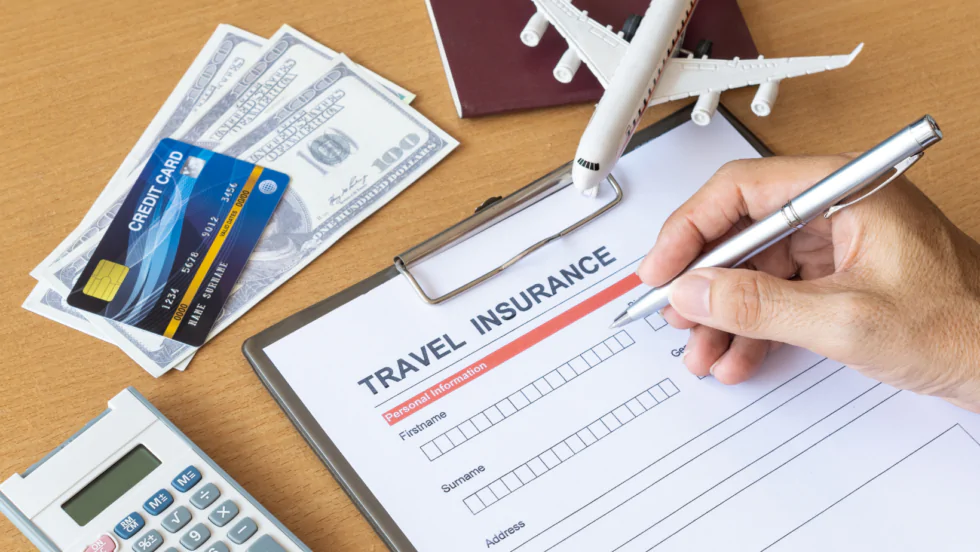Traveling abroad can be an exciting, enriching, and even life-changing experience. But even the most carefully planned trip can take an unexpected turn due to illness, lost luggage, or canceled flights. That’s why travel insurance should be just as essential as your passport. And when paired with smart tools like a prepaid travel eSIM, travelers gain peace of mind and uninterrupted digital access to help manage emergencies wherever they are.
In this guide, we’ll cover key travel insurance tips to help you safeguard your health, finances, and itinerary, while explaining how a travel eSIM supports those efforts on the move.
Understand What Travel Insurance Covers
Travel insurance policies vary, but most cover a combination of medical expenses, trip cancellation or interruption, lost or delayed baggage, and emergency evacuation. Knowing what’s included in your plan is the first step to avoiding unpleasant surprises abroad.
If you’re traveling to a region with limited medical access or where hospitals may not accept your home insurance, choosing a policy with robust health coverage is essential. With an embedded SIM, you’ll be able to locate nearby clinics, contact providers, and access policy details directly from your phone, eliminating the need for public Wi-Fi.
Buy Insurance That Matches Your Destination and Activities
Not every insurance plan is suitable for every trip. Are you heading to Europe for a cultural tour? Or trekking through Southeast Asia’s mountains? Your policy should reflect the activities, terrain, and medical risks of your destination. For example, coverage for extreme sports or high-altitude hiking often requires a special add-on.
You should also check country-specific entry requirements. Some destinations now require proof of travel health insurance upon arrival. A digital SIM allows you to quickly access digital proof of coverage, policy numbers, and emergency contacts directly from your device at immigration checkpoints or in unexpected situations.
Read the Fine Print for Exclusions and Limits
It’s tempting to skim through insurance documents, but it’s crucial to understand exclusions and coverage caps. Common exclusions include pre-existing medical conditions, high-risk sports, and incidents related to alcohol or drug use. Limits may apply to electronics, medical costs, or delayed luggage reimbursement.
Knowing these details in advance helps you make better decisions during your trip. With a travel eSIM, you can review your policy at any time, check claim procedures, and connect with customer service, all from wherever you are.
Keep Digital Copies of Documents
Always store copies of your insurance policy, medical records, passport, and travel itinerary in a secure digital location. Losing physical paperwork while abroad can be stressful, especially when you need to make a claim fast.
Cloud storage, password-protected folders, and insurance apps are effective options—but only if you have reliable internet. That’s where a digital SIM helps. With the right plan, you can stay connected across several countries—no SIM swaps or roaming hassles. So whether you’re at a crowded airport or off the grid in a quiet village, your important documents stay right on hand.
Know How to File a Claim Abroad
Filing a claim typically involves several steps, including contacting the insurer immediately, providing receipts, submitting a doctor’s note, and completing incident reports. Learn how to report claims, what documentation is needed, and which hospitals or providers your insurer recommends.
Having mobile access to these processes simplifies everything. A data eSIM enables quick access to your insurer’s app or website, plus the ability to upload receipts or communicate with agents while still on the road. This cuts delays and ensures your case is handled promptly.
Combine Insurance With Smart Tech for Added Safety
Beyond just coverage, using the right technology can help you avoid needing to use your insurance altogether. Apps that provide real-time alerts for flight delays, political unrest, or severe weather can help you adjust your plans in advance.
Your embedded SIM supports these tools by keeping your smartphone connected across borders. If your flight is delayed or canceled, you can rebook, notify accommodations, and even access refund policies directly from your device, without waiting for local Wi-Fi or support.
Choose Plans That Include 24/7 Assistance
Many travel insurance policies now offer 24/7 emergency assistance, including access to nurses, local doctors, and interpreters, as well as other support services. This support can be life-saving during a health crisis or when navigating medical systems in another language.
With a prepaid travel eSIM, reaching these resources is fast and reliable. Whether you’re using a messaging service, video call, or hotline, you won’t be restricted by poor internet or high roaming charges. Having that kind of instant support makes solo or senior travel much safer and less stressful.
Conclusion
Protecting your trip doesn’t stop at booking flights and hotels. Travel insurance is a vital layer of protection that helps cover the unexpected—from illness and accidents to itinerary disruptions and lost belongings. Understanding your coverage, reading the fine print, and knowing how to file a claim are all essential parts of responsible travel planning.
Pairing that protection with a prepaid travel eSIM ensures that you can access everything you need—policy documents, help lines, medical services, and real-time updates—no matter where your travels take you. It’s the modern traveler’s answer to staying safe, connected, and in control abroad.


